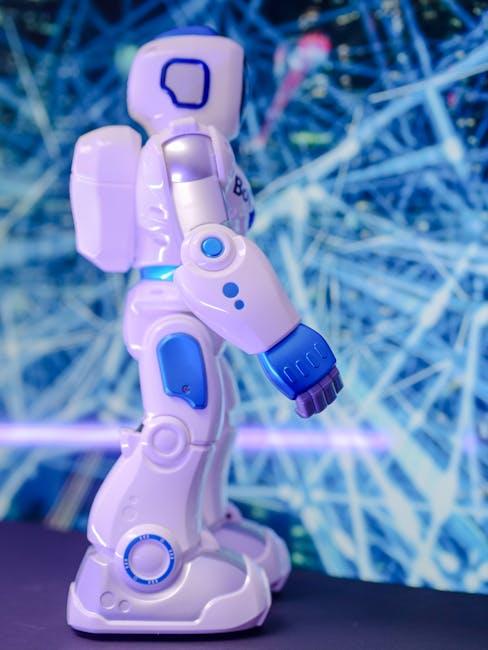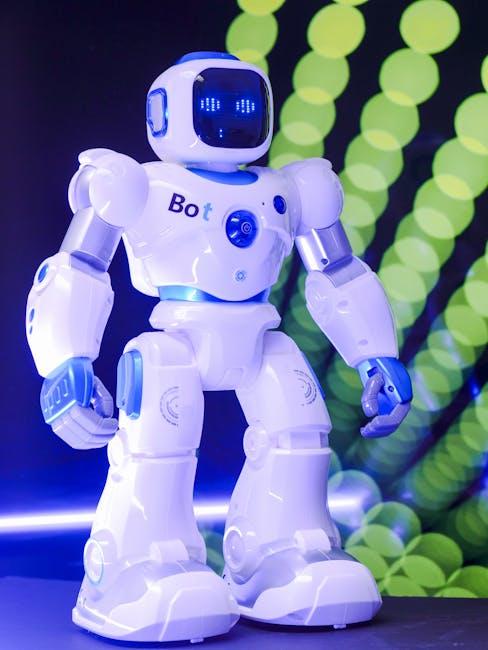
Is Full Automation a Dream or a Threat? – Dentistry UK
The dental industry in the UK is at a pivotal crossroads. With rapid advancements in technology and automation seeping into every facet of healthcare, dentistry is not immune to this transformative wave. But the question remains: Is full automation in dentistry a dream that promises unbeatable efficiency and patient care, or is it a looming threat to the traditional practice and the human touch? In this article, we will explore the balance between innovation and caution, detailing the benefits, potential risks, and the future landscape of automated dentistry in the UK.
The Rise of Automation in Dentistry UK
Over the last decade, dental practices across the UK have increasingly integrated automated processes — from digital x-rays and CAD/CAM milling machines to AI-powered diagnostic tools and robotic-assisted surgeries. Automation in dentistry isn’t just about robots taking over clinics; it’s about optimizing workflows, improving outcomes, and enhancing patient experiences.
Key Areas Where Automation Has Grown:
- Digital impressions and 3D scanning: Eliminates messy traditional molds and enhances precision.
- AI-driven diagnostics: Early detection of oral diseases through machine learning algorithms.
- Robotic-assisted surgery: Improving accuracy in implant placements and complex dental surgeries.
- Practice management software: Automating bookings, billing, patient records and follow-ups.
Benefits of Full Automation in Dentistry UK
As dental offices embrace automation, several benefits become clear. Here’s why full automation might initially seem like a dream come true for dentistry professionals and patients alike.
Improved Accuracy and Precision
Automated tools and AI-enhanced systems are reducing human errors, whether in diagnosis, treatment planning or execution. The precision provided by CAD/CAM technology for crowns or implants significantly cuts down treatment time and retreatments.
Faster Turnaround and Enhanced Patient Experience
Procedures that once took several visits can now be completed more quickly, thanks to real-time scanning and on-site milling. Patients benefit from shorter appointments, less discomfort, and quicker recovery.
Cost Efficiency and Streamlined Operations
Automation in administrative tasks allows dental professionals to focus more on patient care rather than paperwork. This reduces overhead costs and increases practice profitability.
Consistent Quality of Care
Automated systems ensure standardisation in treatments, reducing variability from practitioner to practitioner. This is crucial for creating trust and improving overall health outcomes.
Is Full Automation a Threat? Understanding the Challenges
Despite its undeniable advantages, full automation in dentistry also brings certain concerns. Is it safe to rely so heavily on machines? Could it undermine the dentist-patient relationship? We delve into the main challenges below.
The Risk of Depersonalisation
Dentistry isn’t only about teeth; it’s about trust, reassurance, and communication. Overdependence on machines may reduce face-to-face interactions, which are critical for patient comfort and satisfaction.
High Initial Investment
Implementing full automation requires significant upfront costs — buying advanced equipment, training staff, and maintaining complex software systems. Smaller UK practices might find this prohibitive.
Job Security Concerns
There are fears automation could limit job opportunities for dental assistants, lab technicians, or even dentists themselves. Balancing innovation with workforce sustainability is essential.
Technical Failures and Cybersecurity
Automated systems are vulnerable to technical glitches or data breaches. Ensuring robust IT infrastructure and cybersecurity in dental practices is critical to protect patient data and prevent disruptions.
Case Study: Automation Success in a London Dental Clinic
One leading dental practice in London recently integrated a fully automated CAD/CAM system along with AI diagnostics. The results?
| Metric | Pre-Automation | Post-Automation |
|---|---|---|
| Average Treatment Time | 2.5 hours | 1.2 hours |
| Patient Satisfaction Score | 82% | 94% |
| Operational Costs | £2300/month | £1800/month |
| Repeat Treatments | 10% | 3% |
The clinic’s experience highlights that when implemented thoughtfully, automation can boost efficiency and patient satisfaction while reducing costs.
Practical Tips for UK Dental Practices Considering Automation
- Start with hybrid integration: Blend automated tools with human expertise for better results and less disruption.
- Train your team: Ensure that dentists and staff receive comprehensive training to handle new technologies confidently.
- Focus on cybersecurity: Invest in secure IT infrastructure to protect patient records and maintain patient trust.
- Evaluate ROI carefully: Consider costs vs. tangible benefits before committing to expensive automation technologies.
- Prioritize patient communication: Use automation to support, not replace, empathetic interactions with patients.
The Future of Dentistry Automation in the UK
The future will likely see a balanced ecosystem where automation coexists with the essential human element of dental care. AI-enabled diagnostics will become more accurate, and robotics may handle routine tasks, freeing dentists to focus on complicated procedures and patient relationships.
Moreover, as technology adoption increases, costs are expected to decrease, making automation accessible to smaller and mid-sized practices across the UK.
Conclusion: Dream or Threat?
Full automation in Dentistry UK is neither an unqualified dream nor an absolute threat. It presents a powerful opportunity to redefine dental care through precision, speed, and efficiency, but it also challenges tradition and demands careful integration. Ethical concerns, cost implications, and the risk of depersonalisation underline the need for a balanced approach.
For UK dental professionals, embracing automation strategically — blending technology with a human touch — will unlock the greatest potential and truly transform dentistry for the better. In this evolving landscape, seeing automation as a tool rather than a replacement is the key takeaway for the future of dental care.


